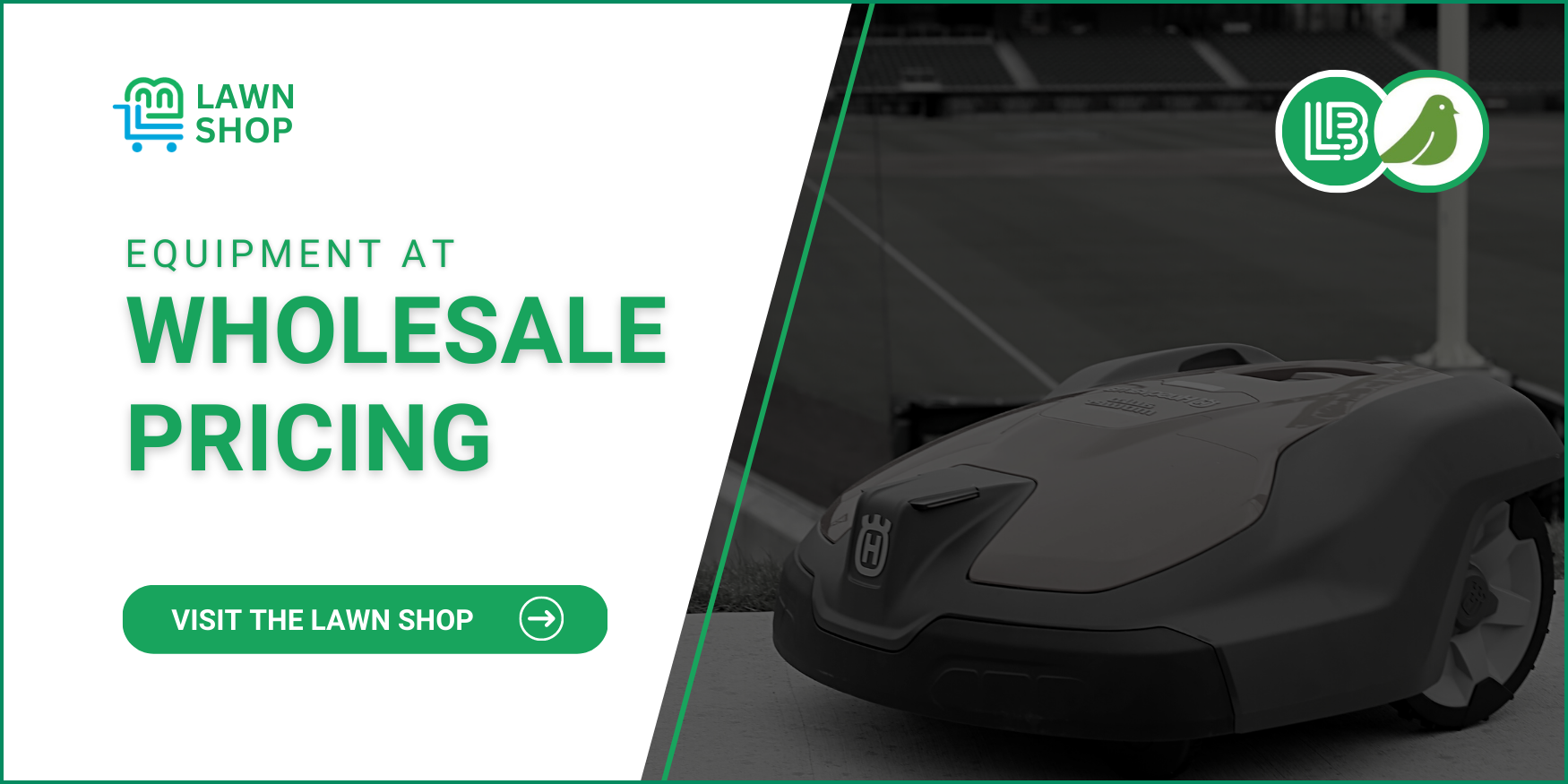In Episode 1, Season 2 of Lawn Theory, Steven Werner: CEO of Lawn Buddy, and Wayne Kreifels from Robin discuss the future of robotics. How the presence of robotics is growing in the lawn care industry, how you can implement robotics in your business, and the growing benefits of doing so.
To begin, we get a glimpse of the Robotics industry’s prevalence in Europe, and how it has begun to bleed into the U.S. market. Steven Werner asks: “How fast do you think robotics is going to start to take hold here in the United States?” From which Wayne responds: “We’re right on the tipping point. It’s just been incredible with the transition of legislation and labor shortages. In the next 24 months from now, it’ll be not new to us anymore.”
The Labor Shortage
Historically, lower-paid industries have been most affected by the labor shortage crisis. As of 2022, the job openings rate was 6.9 percent, while the unemployment rate was 3.6 percent (BLS). This means that even if all the unemployed people in the United States were to find a job right now, there would still be over 4 million jobs left to fill (Workforce).
The labor shortage and the lack of quality workers have plagued the green industry for a number of years. There has been an increase in requests and demand for robotics as more and more business owners are seeing them as a viable solution. They can purchase a robotic unit, place it on someone’s property, and make even more profit than they did with the traditional labor and staffing that they had prior.
With the labor shortage, landscape companies had two choices: either find the labor that wasn’t there so they could keep growing on the maintenance side of their business, or stop taking on any additional customers. With autonomous mowing, they can now avoid turning away customers and take on more clients. It frees up their labor for more profitable things in the company like [examples].
Technological Proficiency
The technology for Robotic mowers have come a long way as well. Units that were previously installed were all the fly-by-wire systems for residential property. There are some that can even use a line of sight with GPS technology or 4G that can be used for multiple different properties.
These capabilities are all in Robin’s tech-tracked cloud base. The Robot can store the lawn virtually and connect to you via an automatically generated QR code. After the lawn is mapped on the property of your choosing, it can then be scheduled to go out and do its job at the frequency of your choosing.
With this information in mind, Steven then asks: ”Could I drop these robots off at multiple different locations throughout the day and have them service multiple different addresses?” Previously this capability didn’t exist. Now that it does, it opens up such a huge opportunity for folks who have a lot of commercial accounts that maybe don’t have a lot of tree canopies, that they can then replace some of them that use traditional staffing.
The Green Initiative
Every year, we see more and more states adopting legislation around electric equipment. Right now California is currently undergoing what is known as the “25 hp Law,” which bans small gas engines rated at or below 25hp beginning in 2024. You have a lot of cities that are out banning gas-powered blowers. So, the electrification and battery handheld is ramping up rapidly because of that.
Because of these Green Initiatives, we’re gonna see a lot of states and a lot of big cities adopt electronic alternatives. The growing prevalence of Green Initiatives is changing the mindset of a lot of those business owners. And they’re seeing the profits reaping the harvest from there.
Are Robomowers® Profitable?
Here is the breakdown. Take it like a standard residential property that you service at $50 a week, for example. People who have adopted Robomowers® don’t need to change the pricing for the end user – but they end up making more. When you do the math, and you cut out the two-man crew, you go down to a one-man crew, cut out an F-250, a Ford truck, and a big trailer and two big zero turns.
You’ll definitely start seeing the big benefits and the big reliance on just leaving that bought-on property. That said, a bot that costs $3,000 can be paid for within 12 to 14 months.
The Next 5 Years of Robotics
- The Business
- Steven asks: “Moving forward, how big of an impact do you think robotics is going to have?”
- From which, Wayne responds “I think we’re going to see a lot fewer landscape trailers and maintenance trailers. There will be a heavier reliance on property-based robotics that take care of basic maintenance tasks. Eventually, residential workers will be saying ‘I can’t believe you mowed with a zero turn.’”
- The Mowers
- In the future, Robo Mowers are going to get bigger, and gain the capacity to handle bigger jobs and more properties. They’ll be able to service baseball fields, airports, and even large municipalities.
- There will be less reliance on the $150,000 tractors. You can get the job done well, with a 50-inch robot that can maintain a 20-acre property.
- The Tech
- It’s Alexa and Google capable. Soon, it’ll even be communicating with your sprinkler system. So, it’ll know that it can’t mow when sprinklers are running, and it’ll complete its job when the sprinklers are off, providing completely hands-free outdoor maintenance.
Starting a Robo Business
To close, Steven asks: “What are some of the biggest pieces of advice you could give younger business owners who are small and medium size that are just starting out? What are some opportunities you think there are for younger, small, and medium-sized business owners in the industry?”
As Wayne mentioned, “instead of going out and spending the big money starting out in landscaping for items like an expensive truck or expensive trailer, it would make more sense to come and start out as robotics if you’re just kind of getting into the industry because pretty soon, the zero turns will be a dinosaur, you know?”





Leave a Reply